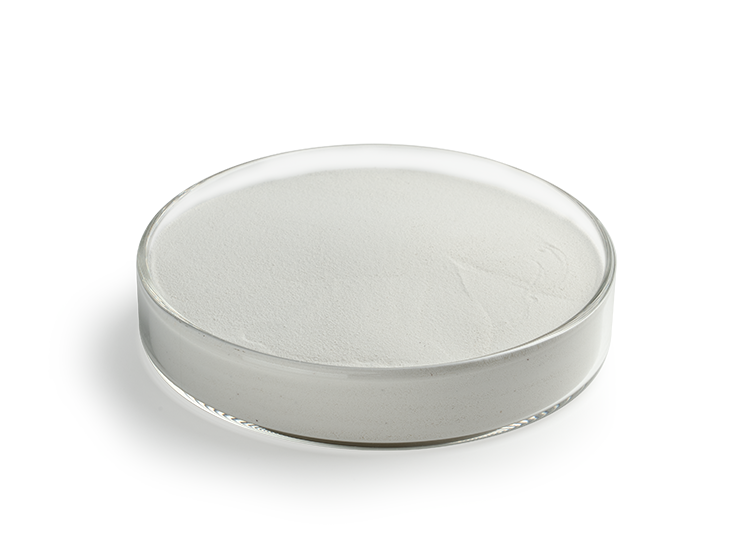Catalyst

Name:Pyridine Catalyst
Pyridine (C5H5N) is an important intermediate used in the production of high added-value fine chemical products, and is widely used in the manufacture of pharmaceuticals, agricultural chemicals, dyes, spices, and feed additives. Pyridine is a heterocyclic compound with the greatest range of applications, and cannot be replaced by other substances in the majority of its applications. The most widely applied synthetic routes currently involve catalytic methods using the acetaldehyde, formaldehyde, and ammonia as raw materials. In addition, although pyridine can also be catalytically synthesized using the olefin, alkyne, alcohol, and aromatic hydrocarbons as raw materials, due to the immature process or low yield, these methods are seldom used in industry. Thanks to its microporous structure and relatively low coke deposition, the ZSM-5 zeolite has an extensive application potential when used to catalyze the acetaldehyde-ammonia condensation reaction. Use of a modified ZSM-5 zeolite catalyst to catalyze the acetaldehyde-ammonia condensation reaction for the production of pyridine has become a key technology in recent years.
After metal ion exchange and a series of modifications, the ZSM-5 zeolite catalyst can achieve pyridine and 3-picoline yields of over 80%.
Get Product Catalog, Service Introduction and Quotation
